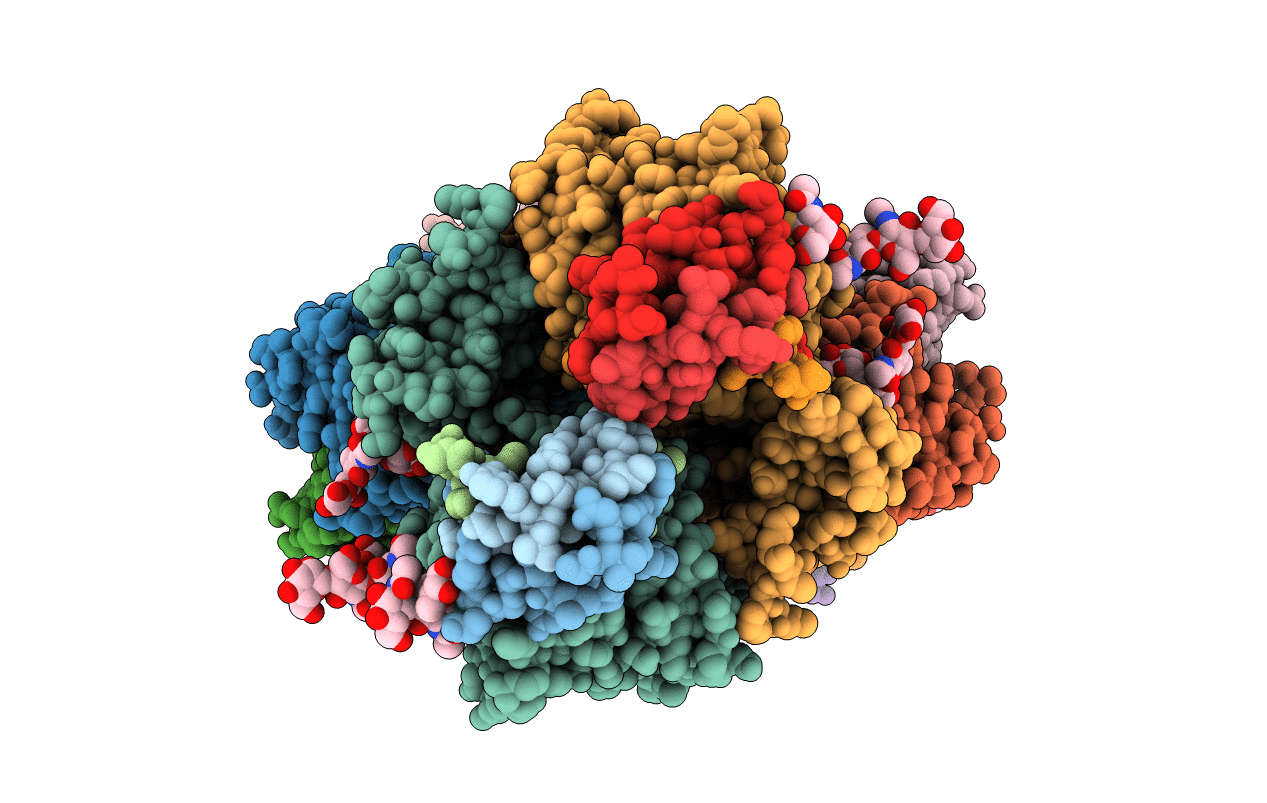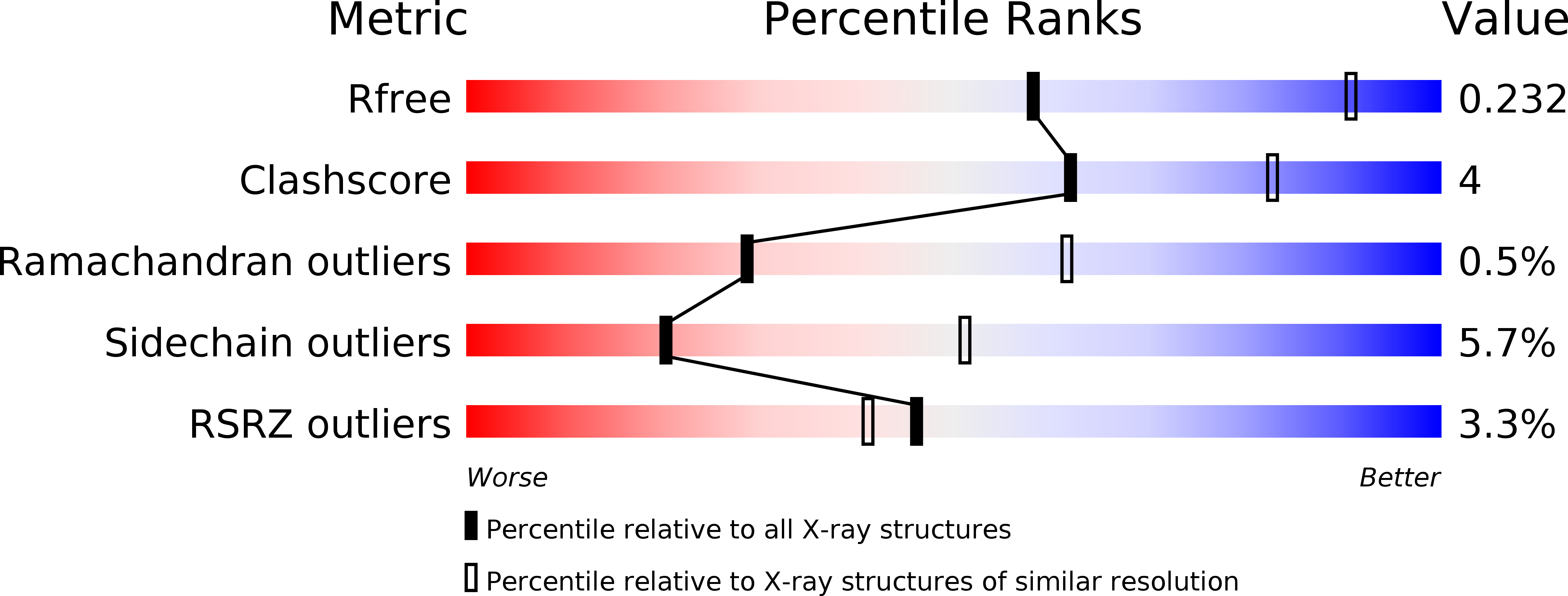
Deposition Date
2020-01-02
Release Date
2020-06-03
Last Version Date
2024-10-23
Entry Detail
PDB ID:
6VEP
Keywords:
Title:
Human insulin in complex with the human insulin microreceptor in turn in complex with Fv 83-7
Biological Source:
Source Organism:
Homo sapiens (Taxon ID: 9606)
Mus musculus (Taxon ID: 10090)
Mus musculus (Taxon ID: 10090)
Host Organism:
Method Details:
Experimental Method:
Resolution:
2.90 Å
R-Value Free:
0.22
R-Value Work:
0.19
R-Value Observed:
0.19
Space Group:
P 1 21 1


